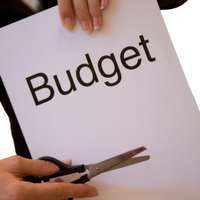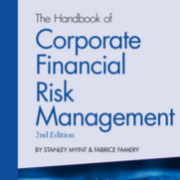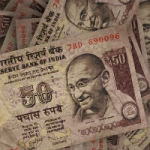How long can interest rates stay so low?
| 08-09-2016 | Lionel Pavey |

How long can interest rates stay so low? When we talk about interest rates, it is helpful if we know the basic theory of how the level of an interest rate is determined.Classical thinking states that there are 5 components in interest rates (x).
5 Components in interest rates:
- Risk free rate – a constant rate with no inflation
- Inflation – the future expectation for inflation is added to the risk free rate.
These, together, are called the nominal interest rate - Default risk premium – the individual credit score of the borrow
- Liquidity premium – compensation for offering a product that can be difficult to sell on
- Maturity premium – in a normal positive yield curve, longer maturities have a higher interest rate
A review of various data providers show that the “indicative rate” for a bullet loan with a maturity of 5 years for a Dutch local authority would be 0.06% per annum. Let us look as this rate compared to the 5 components already mentioned.
C, D and E are all premia and would, therefore, have a positive value. Even if their collective value was zero, it would imply that “nominal” 5 year interest rate would be 0.06%. This nominal rate, as previously stated, comprises both the risk free rate and the expected inflation.This leads to the presumption that either risk free rates are zero or that future expectations of inflation are negative.
According to the ECB inflation (HICP) index in July 2016 prices rose by 0.2% as an annual percentage change. The target inflation rate for the ECB is below, but close to, 2% over the medium term. Central banks set interest rates whilst keeping a watchful eye on headline and expected future inflation (it is a lagging indicator). Many studies claim that inflation indices overstate the true inflation figure, which would imply that the true inflation change would be zero or slightly negative.
If we were to enter a recession now there would be no room to use monetary policy as done previously as there is no space to lower rates any further. This would then only leave fiscal policy, but there is no unity within the Euro zone on fiscal policy.
It would appear that the present policy of quantitive easing (QE) has lead us to very low interest rates coupled with minimal inflation and no significant growth in GDP. Therefore, it is not improbable to envisage the current period of very low interest rates being maintained for quite some time in the future.
Furthermore, when QE stops, the ECB will eventually have to sell the bonds they are holding. Such an action could, conceivably, lead to a large rise in interest rates causing disruptions in the economic cycle. In the current environment, monetary policy can not revive the economy.

Cash Management and Treasury Specialist – Flex Treasurer











